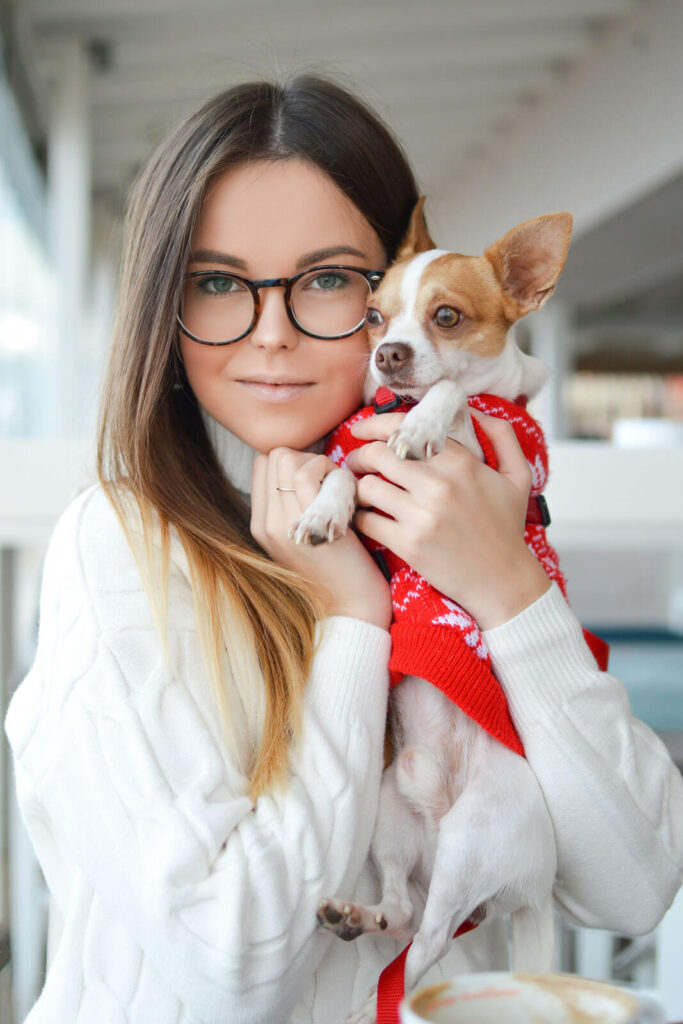Healthy Pet Coat Tips: Shine with daily care
A healthy, shiny coat is a clear sign of a happy and well-cared-for pet. Proper grooming, nutrition, and regular maintenance not only improve appearance but also support overall health. In this guide, we will cover essential tips, products, and routines to keep your cat or dog’s coat in top condition. Following these Healthy Pet Coat Tips ensures your furry friend stays comfortable, vibrant, and free from common coat problems.
Why Coat Health Matters
A pet’s coat is more than just fur — it reflects their internal health, diet, and living environment. A dull, brittle coat may indicate poor nutrition, allergies, or underlying health issues. Regular grooming and proper care help maintain skin integrity, prevent infections, and reduce shedding. By investing in coat health, you’re supporting your pet’s long-term wellness and happiness.
Choosing the Right Brush and Comb
Brushing is a cornerstone of coat maintenance. Selecting the correct tool depends on your pet’s coat type and length. Long-haired dogs and cats benefit from slicker brushes that remove tangles and mats, while short-haired pets respond better to bristle brushes that distribute natural oils. Regular brushing stimulates blood circulation, reduces hair loss, and promotes a healthy, glossy finish. On Healthy Pet Coat Tips, you can find a variety of grooming tools designed for all coat types.
Bathing and Shampoos
Bathing frequency and the right shampoo are key to maintaining coat health. Over-bathing can strip essential oils, leaving the coat dry and brittle, while under-bathing may result in dirt accumulation and odor. Choose pet-safe shampoos that suit your pet’s skin type and coat condition. Natural ingredients like oatmeal, aloe vera, or coconut oil soothe the skin and add shine. Conditioner can also help keep longer coats soft and tangle-free.
Nutrition for a Healthy Coat
Diet plays a significant role in coat quality. High-quality proteins, omega-3 and omega-6 fatty acids, and vitamins such as biotin and zinc contribute to strong, shiny fur. Hydration is equally important — sufficient water intake supports skin elasticity and reduces dryness. Consult your veterinarian to choose the best diet for your pet’s breed, age, and lifestyle. Healthy feeding habits complement grooming practices and ensure lasting coat health.
Dealing With Shedding
Shedding is natural, but excessive hair loss may signal underlying problems. Regular brushing helps manage shedding by removing loose hair before it spreads through your home. Seasonal changes often increase shedding, so adapt grooming frequency accordingly. Tools like de-shedding brushes or gloves are highly effective in reducing hair buildup and keeping your home cleaner.
Preventing Matting and Tangles
Mats and tangles are uncomfortable and can lead to skin irritation or infection. Daily or frequent brushing, especially for long-haired pets, prevents mats from forming. For stubborn tangles, use a detangling spray and comb gently from the tips toward the roots. Paying attention to areas prone to matting, such as behind ears, under the legs, and around the neck, ensures your pet stays comfortable and pain-free.
Protecting Against Parasites
Fleas, ticks, and mites not only irritate your pet but can also damage the coat and skin. Regular use of parasite prevention products, combined with grooming routines, helps maintain a healthy coat. Inspect your pet’s fur frequently, especially after outdoor activities, and promptly remove any pests. A clean, parasite-free coat enhances comfort and overall well-being.
Regular Veterinary Check-Ups
Routine vet visits are essential for identifying issues that may affect coat health. Conditions such as allergies, hormonal imbalances, or infections often manifest through changes in the coat. Early detection allows for timely treatment and prevents long-term damage. Your veterinarian can also recommend supplements, specialized diets, or treatments to improve fur quality.
Seasonal Care Tips
Coat care may vary with the seasons. During winter, use moisturizers or oil treatments to prevent dryness caused by heating indoors. In summer, regular baths and brushing remove dirt and help your pet stay cool. Adjust grooming tools and products according to seasonal needs to ensure consistent coat quality throughout the year.
Bonding Through Grooming
Grooming is not just a maintenance task — it strengthens the bond between pet and owner. Gentle brushing, massage, and regular attention make your pet feel secure and loved. Positive grooming experiences reduce stress and create a trusting relationship, making coat care a pleasant routine rather than a chore.
Final Thoughts
Maintaining a healthy pet coat requires consistent effort, proper tools, good nutrition, and regular veterinary care. By following these Healthy Pet Coat Tips, you ensure your pet remains vibrant, comfortable, and free from common coat problems. A shiny, soft coat is a reflection of a happy, healthy life — and it strengthens the connection between you and your furry friend.



